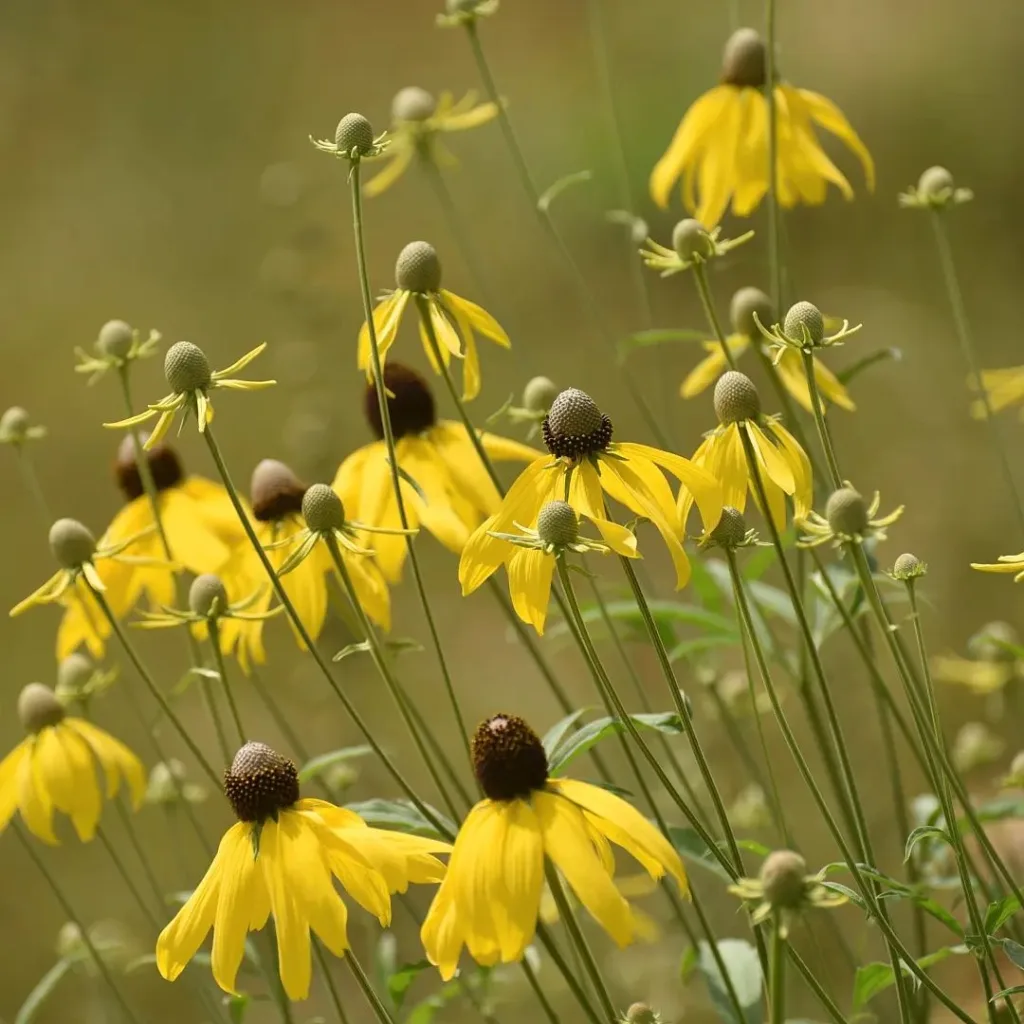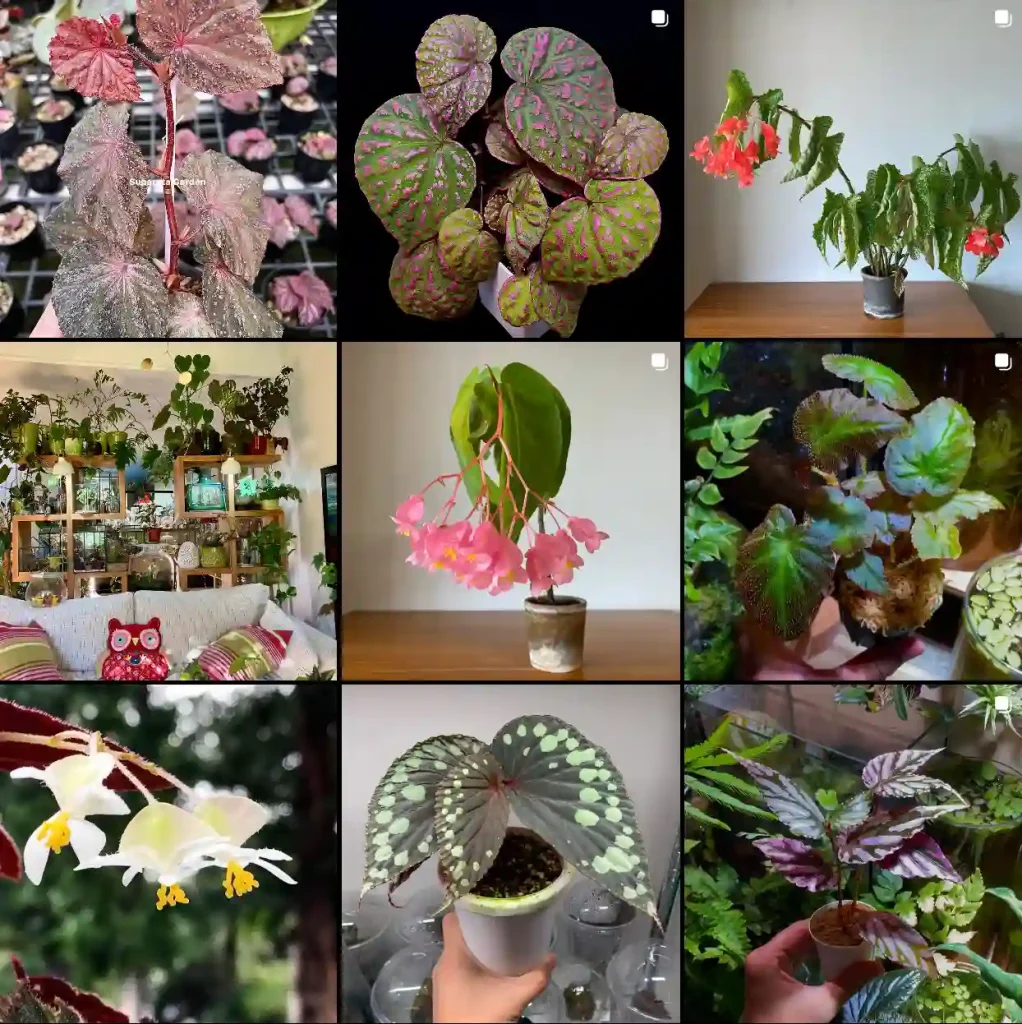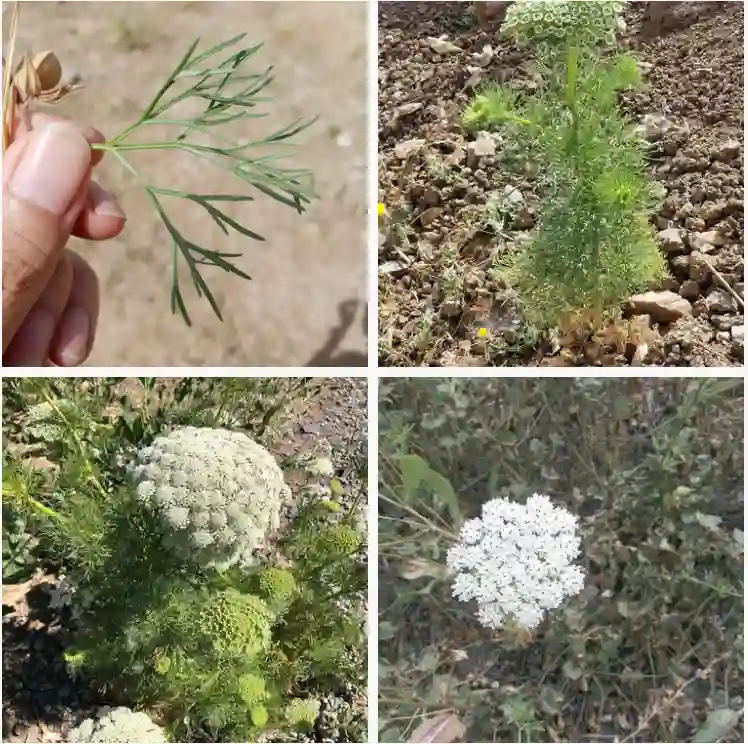Durio: A Thorny Love Affair
My name is Ferb Vu, and I have a confession to make: I am utterly captivated by the Durio genus. Yes, I’m talking about durian, that pungent fruit that inspires passionate devotion in some and utter revulsion in others. But for me, it’s more than just the controversial king of fruits. It’s an entire world of fascinating botany, complex flavors, and cultural significance.
More Than Just Durian
While the durian fruit (specifically from Durio zibethinus) is the most famous member of this genus, there’s much more to Durio than meets the eye. This genus, belonging to the Malvaceae family, boasts around 28 recognized species. These species are predominantly found in Southeast Asia, with their heartland in Borneo, Sumatra, and the Malay Peninsula.
Here’s a list of the recognized Durio species:
- Durio affinis Becc.
- Durio beccarianus Kosterm. & Soegeng
- Durio bruneiensis Kosterm.
- Durio bukitrayaensis Kosterm.
- Durio burmanicus Soegeng
- Durio carinatus Mast.
- Durio connatus Priyanti
- Durio crassipes Kosterm. & Soegeng
- Durio dulcis Becc.
- Durio gerikensis M.N.Faizal, Besi, Latiff & Hadrul
- Durio graveolens Becc.
- Durio kinabaluensis Kosterm. & Soegeng
- Durio kutejensis (Hassk.) Becc.
- Durio lanceolatus Mast.
- Durio lissocarpus Mast.
- Durio lowianus Scort. ex King
- Durio macrantha Kosterm.
- Durio macrolepis Kosterm.
- Durio macrophyllus (King) Ridl.
- Durio malaccensis Planch. ex Mast.
- Durio oblongus Mast.
- Durio oxleyanus Griff.
- Durio pinangianus (Becc.) Ridl.
- Durio purpureus Kosterm. & Soegeng
- Durio singaporensis Ridl.
- Durio testudinarius Becc.
- Durio wyatt-smithii Kosterm.
- Durio zibethinus L.
Of these, only nine produce edible fruit. But even among the edible species, there’s a staggering diversity of flavors and aromas. Some are sweet and creamy, others possess hints of almond or caramel, while some have a surprisingly savory quality.
A Feast for the Senses
For me, the allure of Durio goes beyond the culinary. These trees are majestic giants of the rainforest, some reaching heights of over 150 feet. Their buttress roots sprawl out like massive tentacles, anchoring them to the forest floor. And then there are the flowers – large, fleshy, and often a creamy white or pale yellow. They bloom at night, releasing a powerful fragrance to attract their pollinators, primarily bats.
The fruit itself is a marvel of natural engineering. The spiky outer husk, technically the pericarp, protects the creamy, seed-laden arils within. This formidable armor is no accident. It ensures that only the strongest and most determined creatures – orangutans, elephants, and even tigers – can access the nutritious bounty within.
A Cultural Icon
Durio, particularly Durio zibethinus, holds a significant place in Southeast Asian culture. It’s a symbol of prosperity, virility, and even national pride. Festivals celebrate the durian harvest, and its image adorns everything from postage stamps to tourist souvenirs.
Of course, there’s the infamous odor. It’s been described as a mix of gym socks, overripe cheese, and rotting onions. But even this controversial aspect of Durio has its own cultural significance. The smell is a powerful reminder of home for many Southeast Asians living abroad, evoking memories of family, friends, and shared meals.
A World of Discovery
My fascination with Durio is a journey of ongoing discovery. I’m constantly learning about new species, new cultivars, and new ways to appreciate this complex genus. Whether I’m exploring the nuances of flavor in a rare durian variety or marveling at the intricate structure of a durian flower, there’s always something new to uncover.
For those willing to look beyond the prickly exterior and pungent aroma, Durio offers a world of sensory experiences and cultural insights. It’s a testament to the diversity and wonder of the natural world, and a reminder that sometimes the most rewarding experiences come in the most unexpected packages.
If i die, water my plants!



